Sometimes your car ends up sitting idle longer than expected. You might head out of town for weeks or just stop using it now that you’re working remotely. But cars aren’t built to be inactive for an extended time.
When parked for weeks or months, parts can wear unevenly, fluids settle, and systems quietly degrade in ways you won’t see until something goes wrong. Here are some detailed repercussions of your car staying idle for too long.
The Battery Will Lose Its Charge
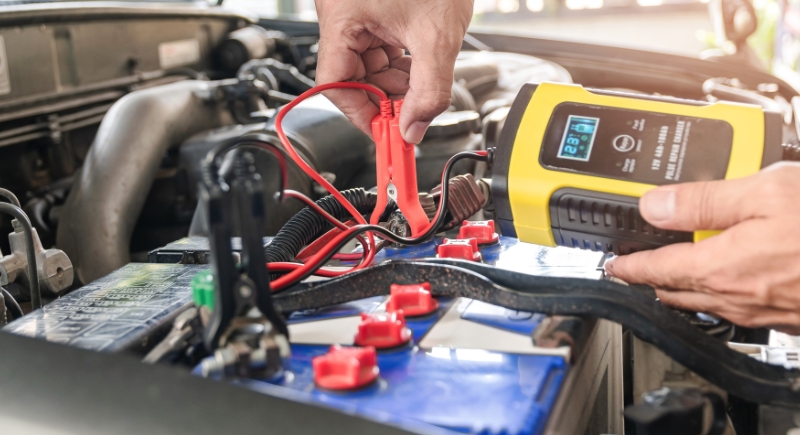
Car batteries don’t stay charged on their own. Electronics such as alarm systems and internal clocks continue to pull power. Over time, that slow drain relieves the battery of enough juice to start the car. If you won’t be driving any time soon, disconnecting the battery or installing a trickle charger will help you avoid the hassle of a dead battery later on.
Flat Spots Develop on Tires
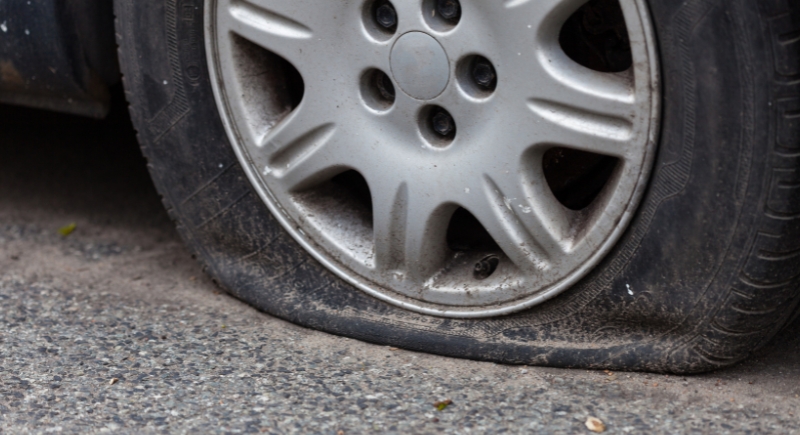
Tires lose their shape while they stay pressed against the same spot for ages. The weight of the car flattens the rubber in that area, especially in colder weather when the material stiffens. Once the shape changes, it doesn’t always recover.
Brakes Can Rust and Seize
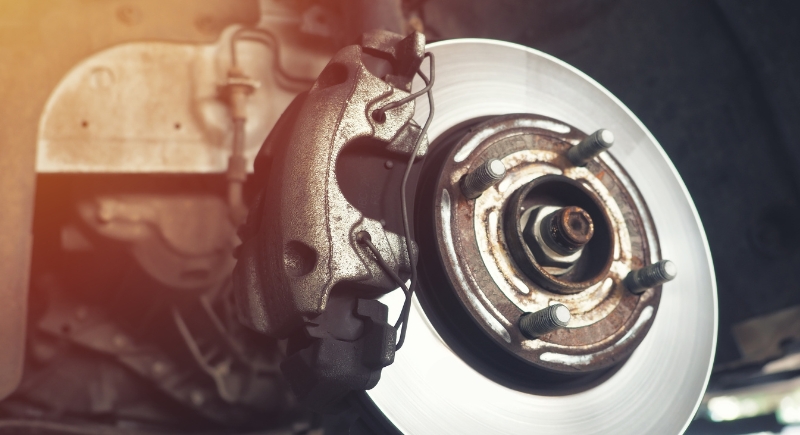
Driving your vehicle occasionally and applying the brakes lightly helps keep rust from building up on the rotors. Without that movement, moisture settles on the exposed steel and forms surface rust. In damp or humid conditions, the process speeds up.
Fuel Tanks Risk Internal Rust
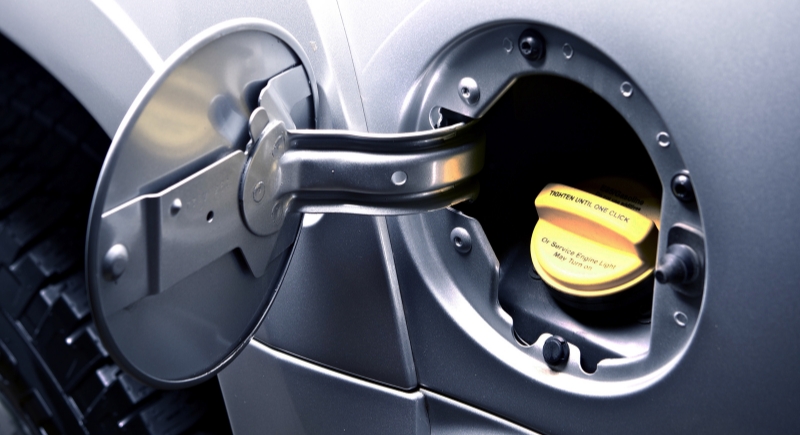
Metal fuel tanks don’t stay untouched when left nearly empty. As the air inside cools and warms, moisture begins to condense on the interior surfaces. Then, it settles on the metal and slowly creates rust. Eventually, flakes of that rust can break off and move through the fuel system, blocking injectors and causing damage inside the engine.
Fuel Goes Stale
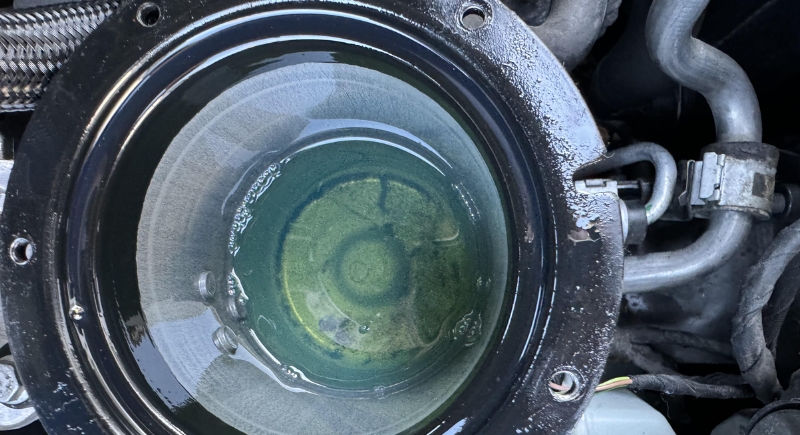
In addition to fuel tanks sustaining rust, the gasoline inside also loses effectiveness over time. After just a few months, it begins to lose volatility and thicken. That change leads to deposits in fuel lines, filters, and injectors. These residues interfere with combustion and cause problems like rough starts, stalling, or hesitation when you finally drive again.
Fluids Degrade Gradually
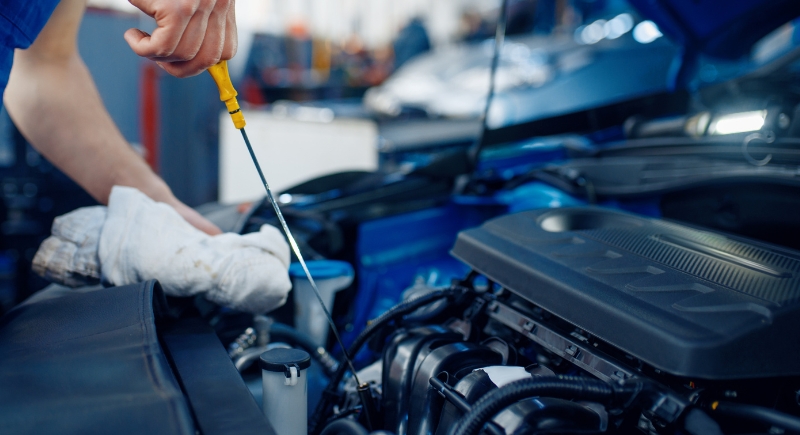
Car fluids degrade as they sit unused. Motor oil starts to lose its ability to lubricate, and brake fluid may absorb moisture. Coolant can also degrade or settle into layers. What you can do is run the engine for about 15 minutes every couple of weeks to circulate fluids and ensure everything operates the way it should.
Undercarriage Corrosion Builds Up
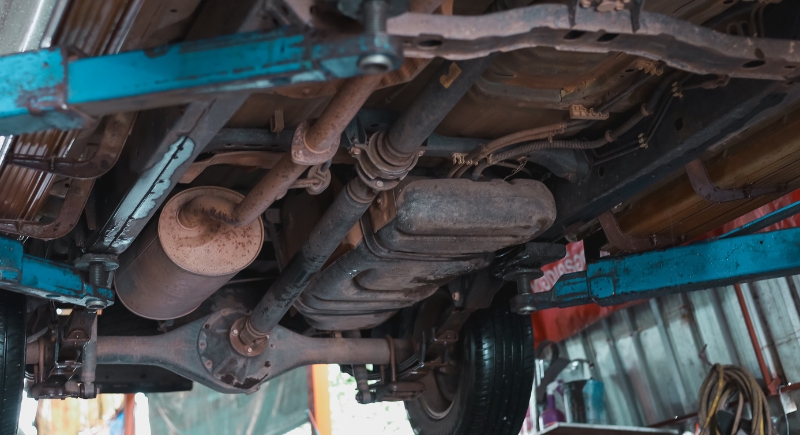
You probably won’t notice rust forming under your car until something fails. Moisture gathers beneath the vehicle and clings to exposed metal, especially if it’s parked on damp ground. In case there’s leftover salt from earlier drives, corrosion spreads even faster. Unfortunately, the undercarriage, brake lines, and suspension components take the brunt of it.
AC System Seals May Fail
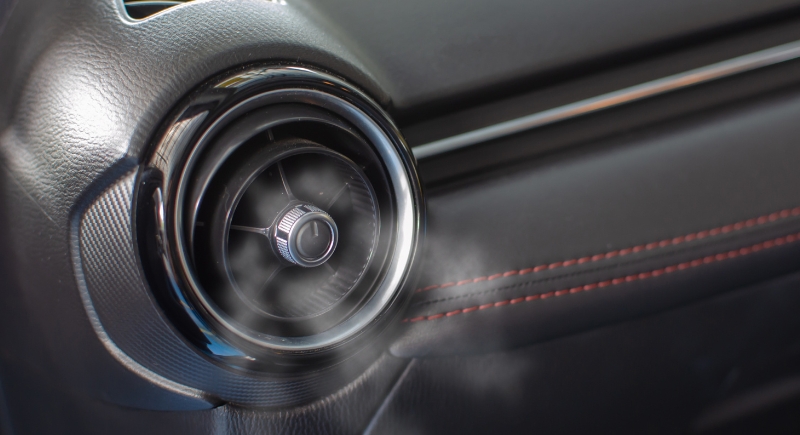
Inside an air conditioning system, rubber seals and gaskets rely on regular lubrication from the refrigerant to stay flexible. If the AC hasn’t run in weeks, those seals begin to harden and split. This leads to slow leaks and leaves you without cool air.
Interior Materials Breakdown
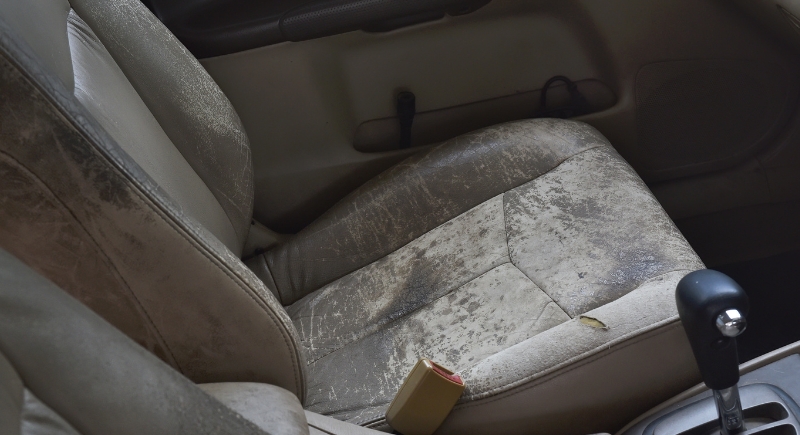
If a car sits long enough, the leather starts to harden and crack, and vinyl feels less forgiving by the month. Neglected interiors take on a stale, musty smell when dampness finds its way in—mildew in the carpets or under the seats isn’t far behind. It all adds up: reupholstery bills, detailers scrubbing out odors, the price of lost comfort every time you get behind the wheel.
Seals And Belts Could Crack
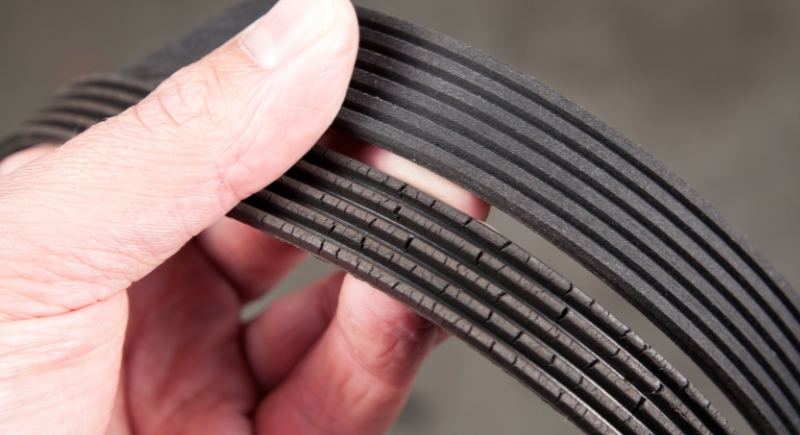
Naturally, rubber parts become dry due to no utilization, especially in cars exposed to big temperature swings. Drive belts and hoses also lose elasticity. To ensure the rubber stays supple, let the engine run long enough for heat and fluids to circulate.
Critters Might Move In
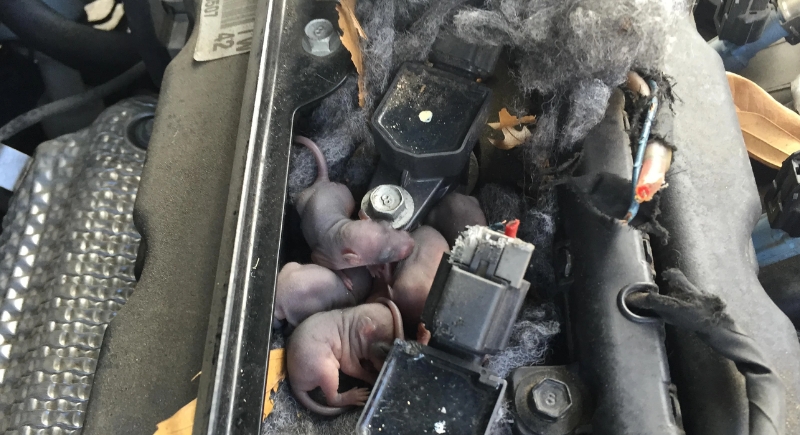
Squirrels, rats, ants, and even raccoons can turn an unused car into shelter. Mice and rats chew through wiring and insulation, usually nesting in air filters or engine compartments. Squirrels stash food under the hood. Ants show up, too, thanks to the smell of something sweet left behind.
Tree Sap Can Wreck Your Finish
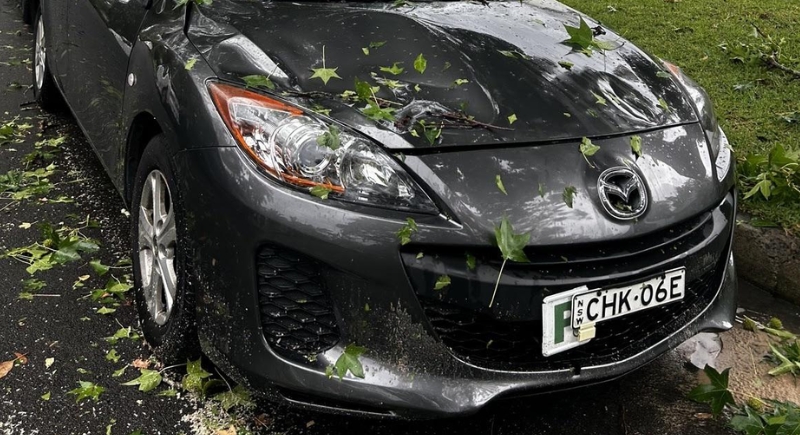
Where exterior impairment is concerned, tree sap creates its own set of problems. It sticks tightly to the surface and softens in the heat, spreading across the paint and becoming harder to remove. If left alone, it bonds with the clear coat and causes staining or texture changes.
Bird Droppings Eat Through Paint
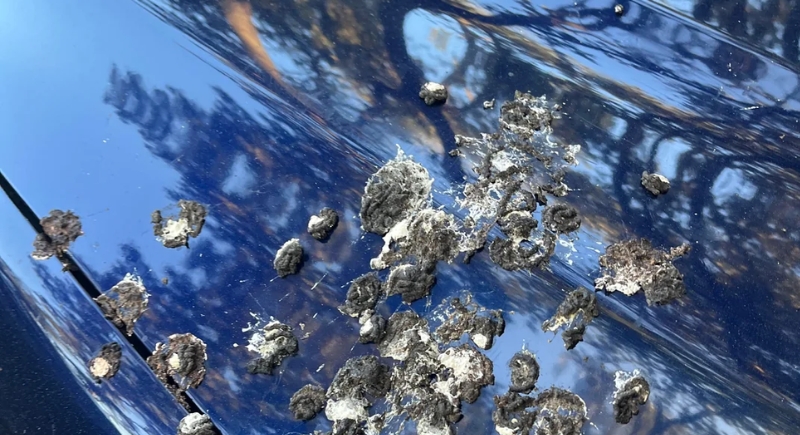
Bird droppings also pose a serious threat to your car’s finish. Their acidity deteriorates the clear coat quickly, sometimes within days. Sunlight makes the damage worse by baking the residue into the surface and causing dull spots or visible stains. Prompt cleaning with car-safe soap and a soft cloth is the best defense.
Electronic Systems May Malfunction

You could encounter unexpected glitches in your dashboard or infotainment after long periods of inactivity. A study showed that ECUs (electronic control units) in parked cars can experience significant malfunctions, including remote-triggered battery-drain attacks. As a result, sensors misreport, and warning lights stay on.
Lubrication Stops Protecting Parts
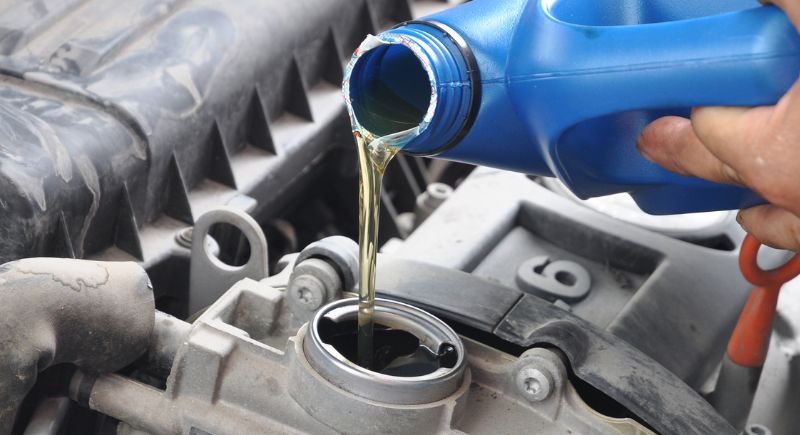
We all know that engines need oil to keep metal parts moving smoothly. Otherwise, the next time you start the engine, it will only run for a few seconds before dying. That dry start adds wear and tear. This is why you can even choose to go for short drives and keep the parts hydrated.